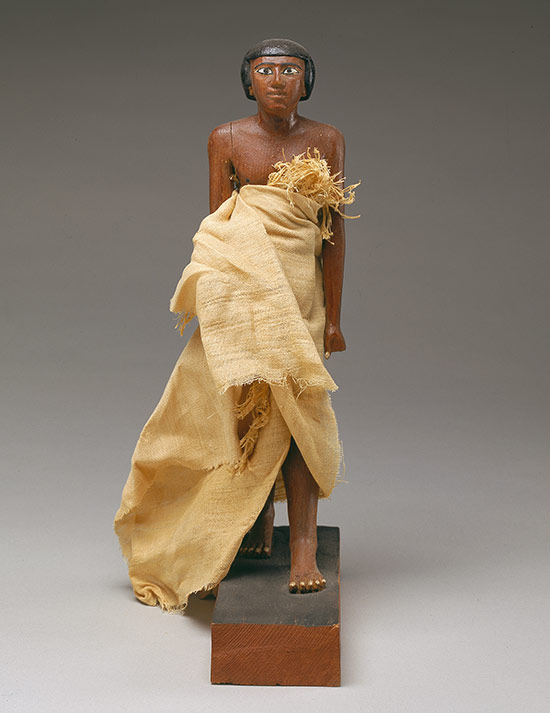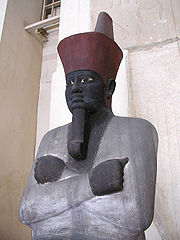Misreeya
Pro
More of the "Ta Seti" group.
From the Chicago Institute in America.
The Nubia Salvage Project | The Oriental Institute of the University of Chicago
Most surprising, evidence that early pharaohs ruled in A-Group Nubia was discovered by the Oriental Institute at Qustul, almost at the modern Sudanese border. A cemetery of large tombs contained evidence of wealth and representations of the rulers and their victories. Other representations and monuments could then be identified, and in the process, a lost kingdom, called Ta-Seti or Land of the Bow, was discovered. In fact, the cemetery at Qustul leads directly to the first great royal monuments of Egypt in a progression. Qustul in Nubia could well have been the seat of Egypt's founding dynasty.
From the Chicago Institute in America.
The Nubia Salvage Project | The Oriental Institute of the University of Chicago







